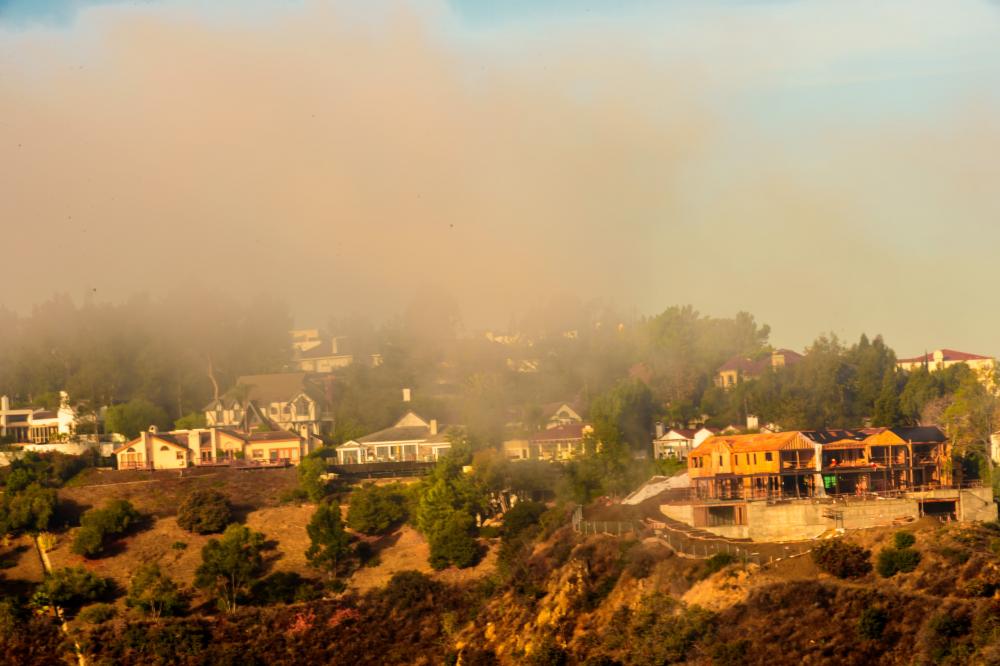Countries and financiers typically underinvest in reducing the risks stemming from natural disasters, as the benefits are perceived to accrue in an uncertain future – and often outside of the focus of election cycles. As climate change raises the bar for disaster resilience, these investment gaps are that much higher. Disaster risk reduction is an urgent priority worldwide, across poor and rich countries. Three of the deadliest storms ever occurred in south and southwest United States and the Caribbean in 2017, while deadly heatwaves swept through the United Kingdom and severe droughts hit Sudan and South Africa in the same year. The world urgently needs to invest in protecting communities from natural disasters, as highlighted in my new book, Climate change and natural disasters – Transforming economies and policies.
In Southeast Asia, the damages from recent calamities would have been lessened with better management of mangroves.
The damage caused by disasters is more intense today not only because of climate change but also due to the greater exposure of people located in ecologically fragile areas, and their increased vulnerability to damages to the integrity and diversity of nature. As we face these growing threats, disaster risk management needs to factor in environmental and ecosystem management frontally into development plans. In Southeast Asia, the damages from recent calamities would have been lessened with better management of mangroves which protect coastal areas against storms and sea surges, while providing the breeding grounds for fish and livelihoods in fishing communities.








Ajouter un commentaire